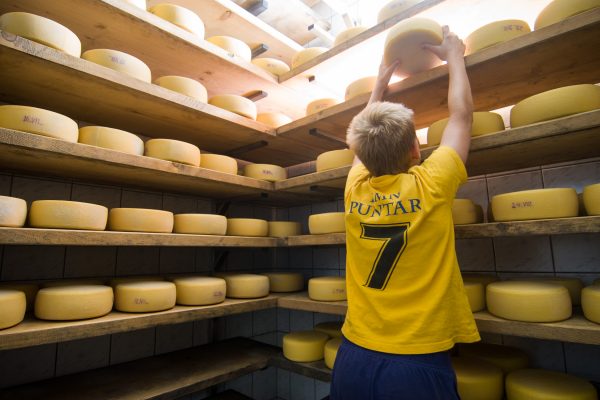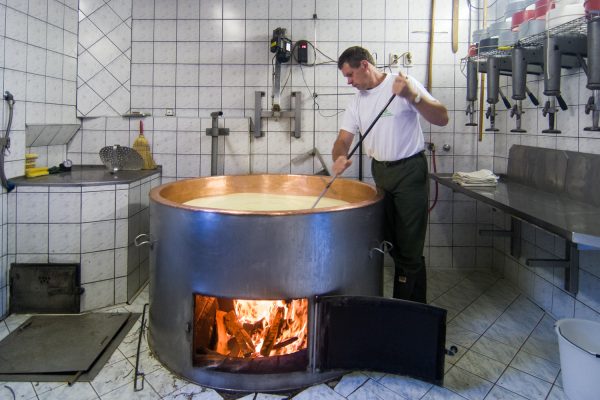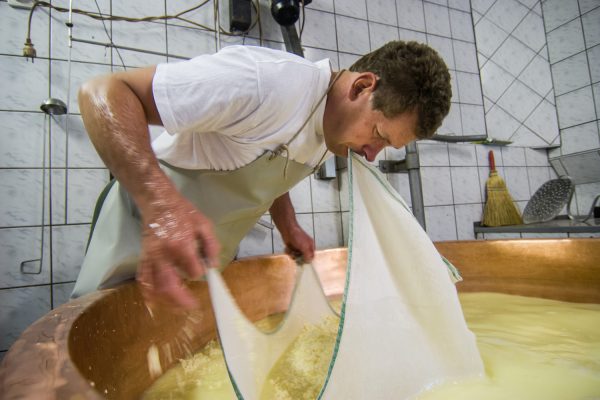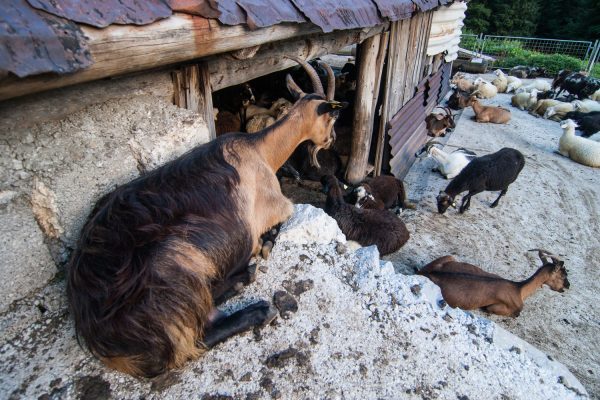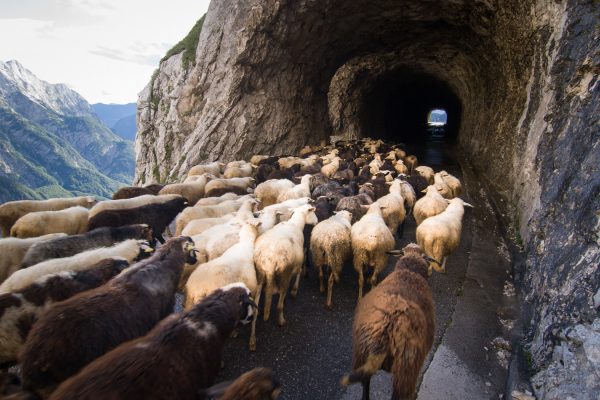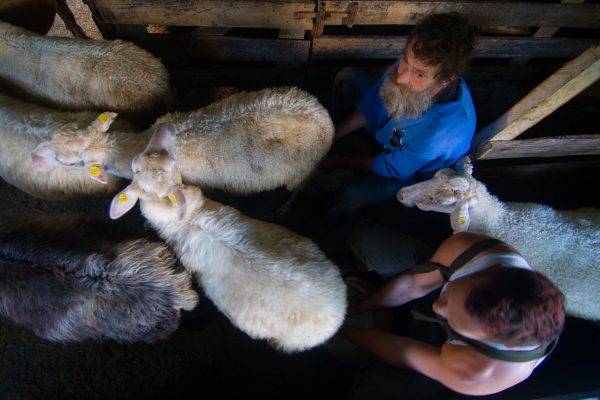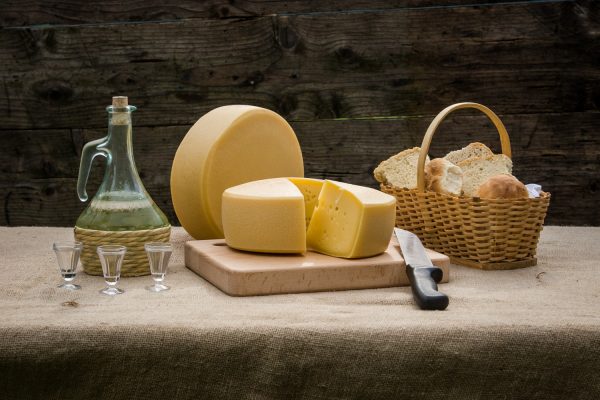A photographed this reportage for NATIONAL GEOGRAPHIC TRAVELLER in Slovenian Alps, near the river Soča that makes a border with Italy, the locals keep traditional way of “highland farming”.
Cows and men in this area follow special kind of calendar that defines their year. In early spring, when the snow melts and the grass starts to grow, the shepherds lead their cows to lower plains. At the end of June, they move cows to highland pastures, where they take care of them until the beginning of September. After that, the shepherds take cows back to lowlands, where they stay until the first November snow. This is the moment when they return to homes and stables.
These areas are known for excellent diary products – milk, butter, and cheese. The most famous are traditional Tolmin cheese, made of cow milk, and Bovec cheese, made of sheep milk. The Tolmin cheese was developed into todays form through centuries. It was first mentioned already in the 13th century – interesting, as a payment currency. At the time, local farmers were uneducated and cheese production was very small. Therefore the Austro-Hungarian monarchy decided to enforce the production. They have sent a Swiss cheese expert Tomas Hutz, who managed to reorganize and modernize cheese production. He formed courses and unions. But he luckily failed in one think: he couldn’t persuade locals to produce “Emental cheese”, that was in high demand at the time. The loafs of “Emental” were too heavy to be carried from steep mountains, so locals around Tolmin kept producing small loafs that are now a trademark stamp.
Now the Tolmin cheese is legally recognized as authentic to the region and protected with the certificate of origin.
